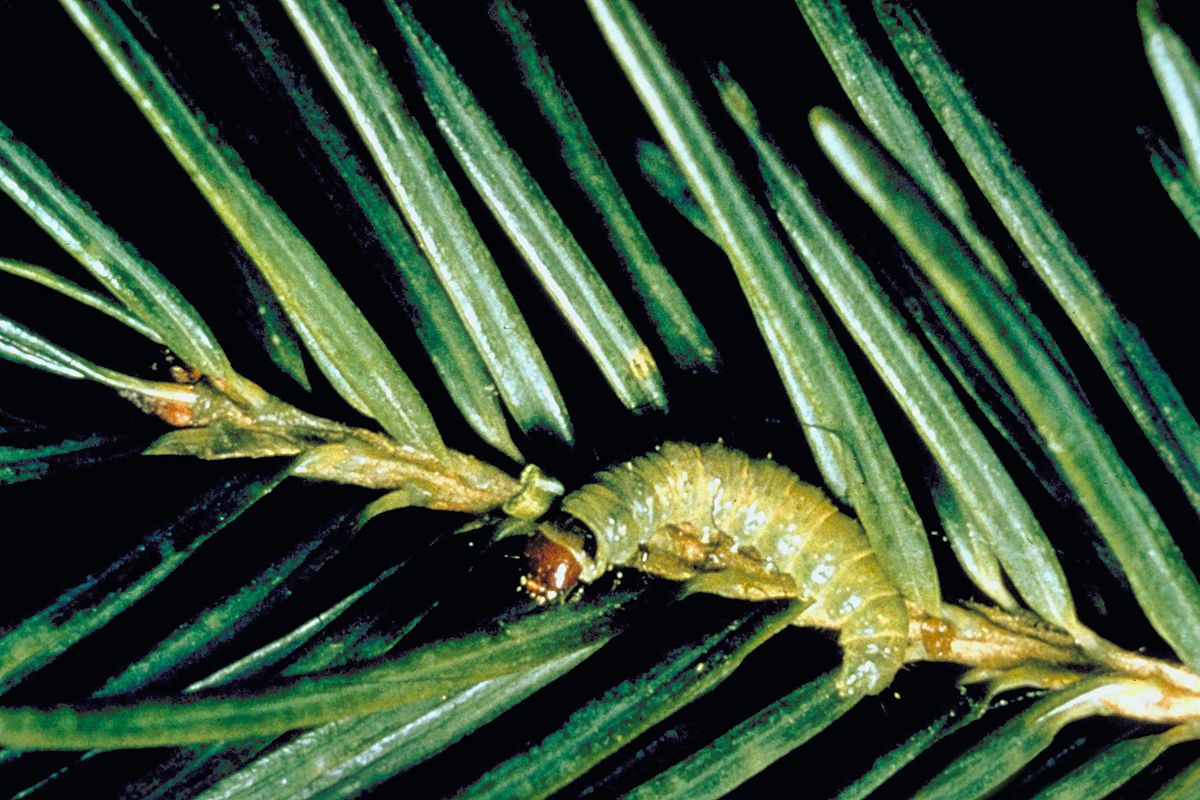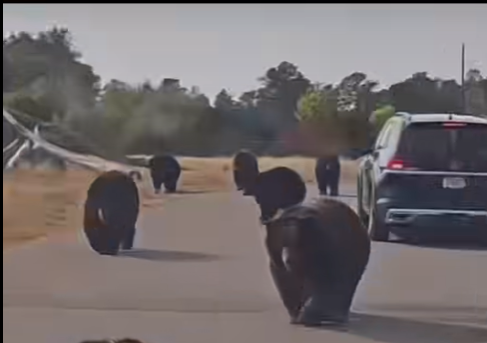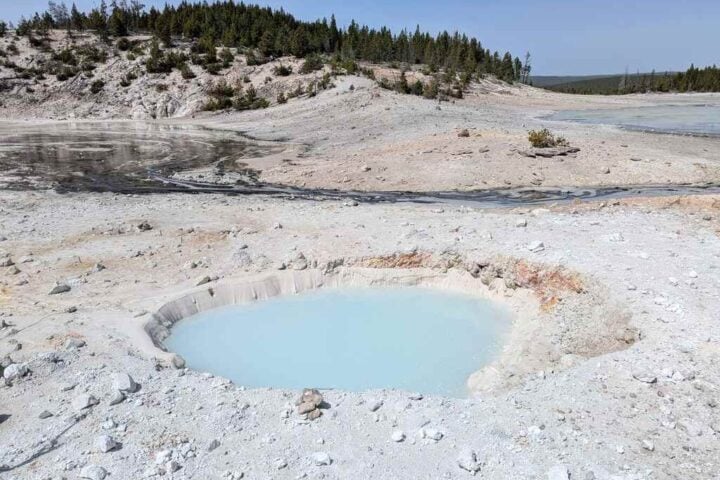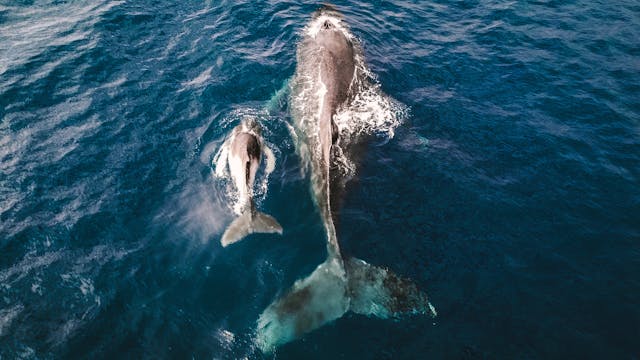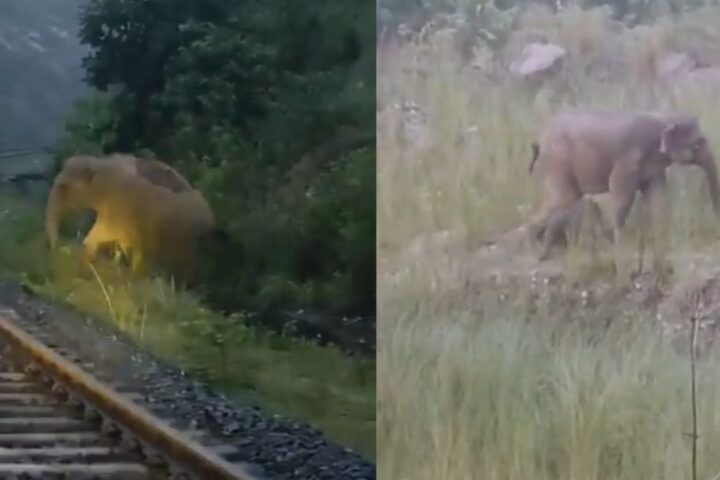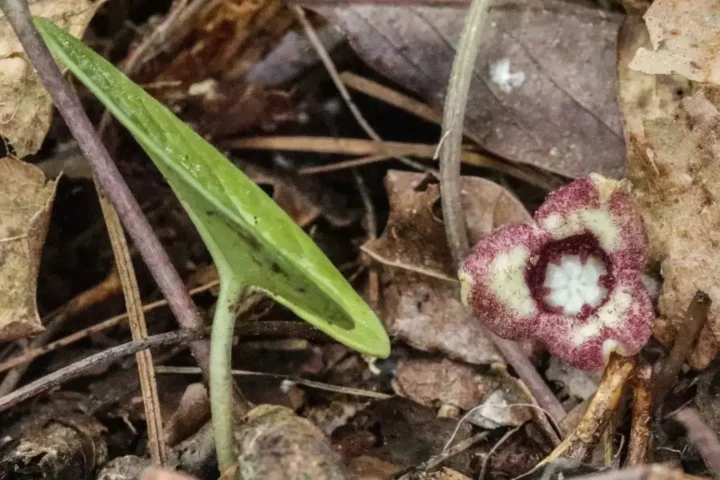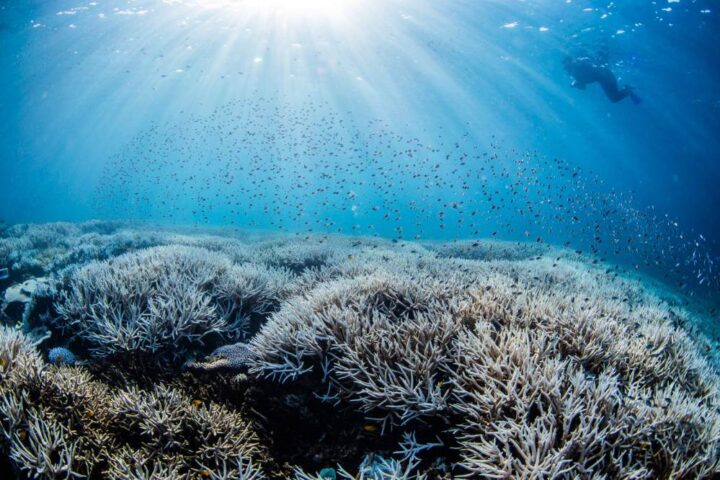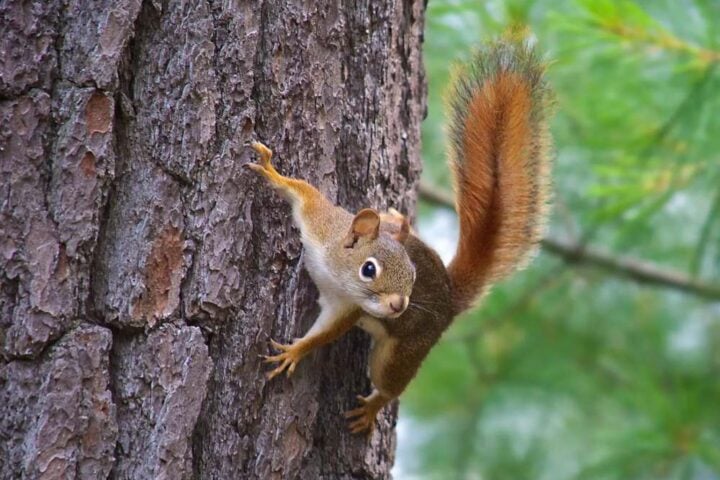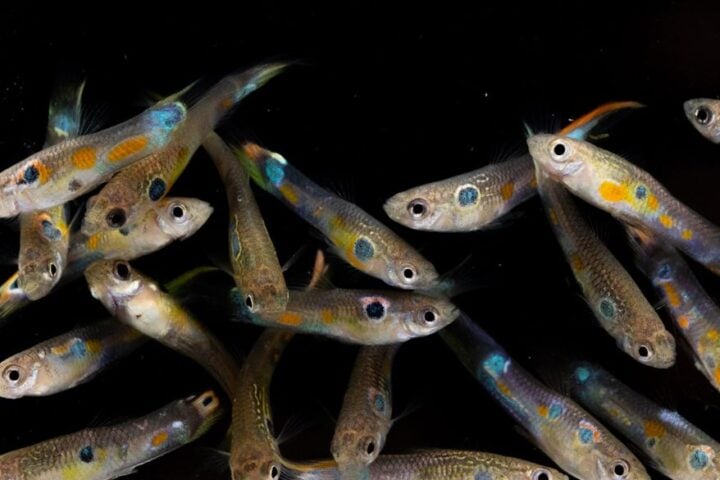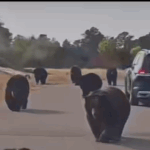The seemingly idyllic Tongass National Forest has been under siege. In the wake of a major blackheaded budworm infestation, countless acres of the expansive forest were stripped of their greenery, leaving a barren, defoliated landscape in their wake. This wasn’t an isolated event. Rather, it was the follow-up punch to the forest’s health after the stress caused by the hemlock sawfly in 2018 and 2019. With the forest’s recovery now in the balance, the question becomes: What are the long-term implications of such a brutal, back-to-back assault on this majestic ecosystem?
The Unseen Impact of Forest Defoliation
The budworm infestation has had a dramatic impact on the Tongass National Forest, with the Forest Service estimating around 685,000 acres defoliated over the last three years. At first glance, this extreme change in the forest’s appearance seems disastrous. However, beneath the surface, the results are more complex. Gordy Williams, a veteran with the Alaska Department of Fish and Game, noted that while such infestations form part of a natural cycle, the intensity of recent events could have serious implications for the forest ecosystem. Thinned canopies can alter the forest microclimate, potentially affecting stream temperatures and the winter cover for local fauna.
Surviving Nature’s Test
In a surprising twist, the defoliation might not be entirely negative. According to Forest Service silviculturist Molly Simonson, trees dying off, whether it be from singular events or gradually, contributes to the nutrient cycling within the ecosystem. Beneath the ghostly, stripped trees, new life is waiting. The understory trees, previously overshadowed by the dominant hemlocks, now have a chance to take over and utilize this golden opportunity.
Similar Post
Climate Change’s Role in the Infestation Cycle
What sparked such an intense infestation? One theory points to an unexpected perpetrator: climate change. Forest Service entomologist Liz Graham noted that climate variables, such as the number of frost-free days, could have influenced the budworm cycle. She also hinted at a geographical sweet spot, indicating that warmer temperatures in British Columbia could be limiting the budworms‘ range, leaving Southeast Alaska as a haven for the budworm population.
A Glimmer of Hope in the Forest Recovery
Even as the infestation wanes in some regions, others are experiencing a peak in budworm activity, such as Juneau and Haines. But even amidst the devastation, signs of recovery are already evident. Gordy Williams noted that trees stripped near his home are sending out new buds, as are many along the LeConte’s route. The forest, it seems, is more resilient than we might assume. We have yet to fully grasp the longer-term impacts of these infestations, but one thing is clear: the Tongass National Forest is a living testament to nature’s adaptability and resilience in the face of adversity.
